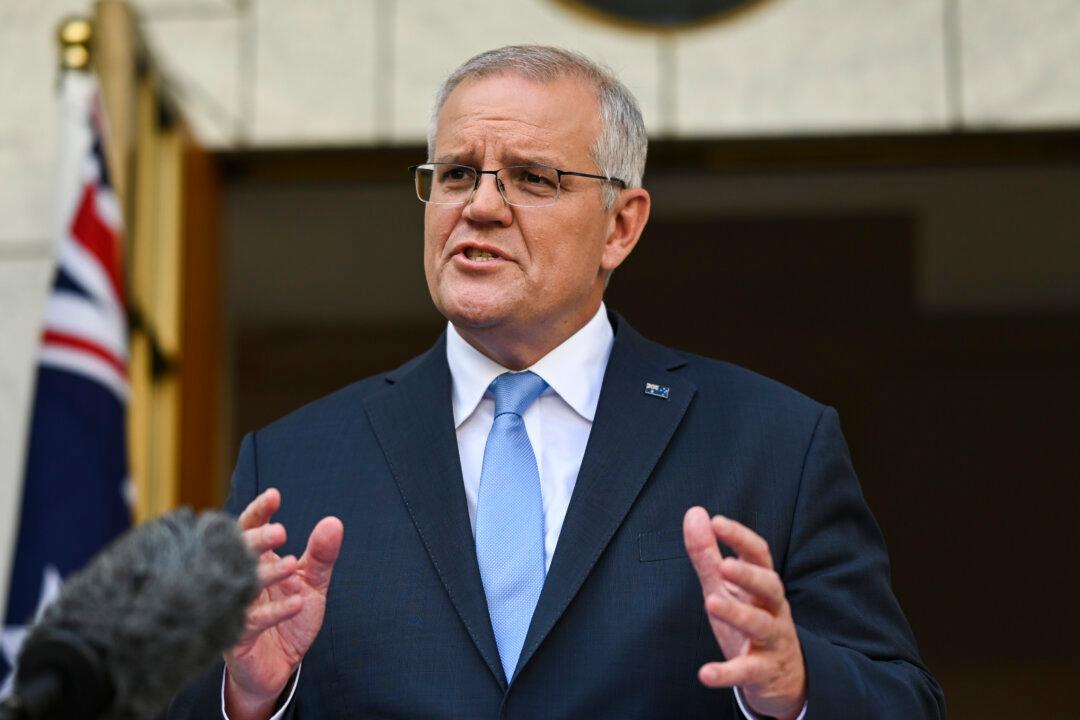The latest upgrade of Australia’s economic outlook by the International Monetary Fund (IMF) has prompted Prime Minister Scott Morrison to show further confidence in his economic plan.
According to the latest world economic outlook report, the projection of real GDP growth for Australia in 2022 rose to 4.2 percent from 4.1 percent in January’s report, while the global growth forecast dropped sharply to 3.6 percent from 4.4 percent.





